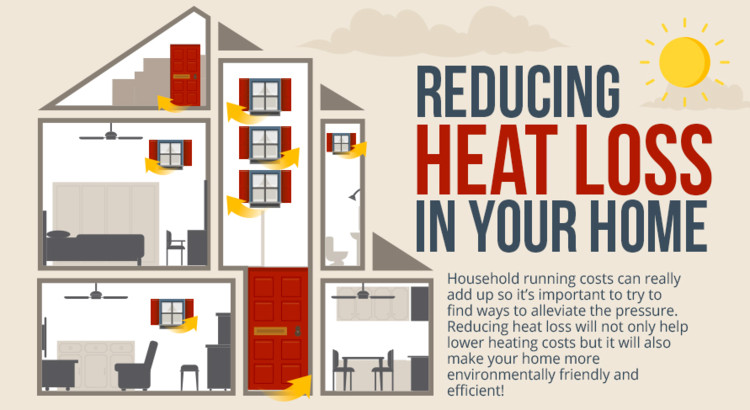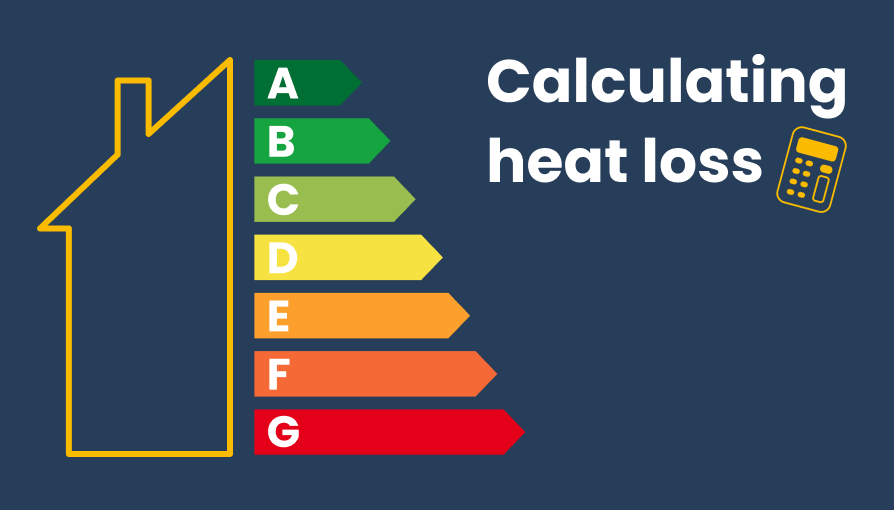
Why You Need an Accurate Heat Loss
A properly designed heating system for comfortable room temperature is key to lower energy consumption and longevity. Accurate heat loss calculation’s are vital to achieving this!
Save on operational costs of the system, lower energy use, and reduce wear and tear on the equipment.

Why Heat Loss Calculation Matters

Without heat loss calculations, heating systems can suffer greatly.
Overestimating a heat loss by 10 to 25% will heat the space faster than necessary, causing systems to shut off before the thermostat reaches the desired temperature in the space. This can result in short cycling, where the system turns on and off frequently wasting energy. Short cycling can put excessive wear and tear on the heating system.
With the winter season approaching, it is important to do routine maintenance to reduce system breakdowns in inopportune times. Heat loss calculations can also help!
Completing the Calculation
All systems require accurate heat loss calculations to ensure they are sized and installed correctly for optimal performance. Getting it right depends on the system being installed.
There are differences between calculating heat loss for a conventional warm air system and a gas-fired radiant infrared system. A forced air system typically uses a calculation based on the volume of the space, the temperature desired and the thermal resistance of the building components (walls, windows, doors etc.).
Infrared Systems
Infrared systems can be more efficient since they don’t rely on air movement to distribute the heat. An infrared system relies more on an analysis of the radiant surface temperature and emissivity of the building components. Emissivity is a measure of how well a surface can emit radiant energy or heat. Different materials have different emissivity’s, these can affect their ability to retain heat.

Infrared systems rely on radiant heat transfer. Forced air systems rely on convective heat transfer and requires air movement to distribute heat throughout a space. Radiant heat transfers directly from a warmer surface to a cooler surface without the need for air movement.
For more information on infrared products check out the Infrared Product Page or the Infrared Section of our blog!


